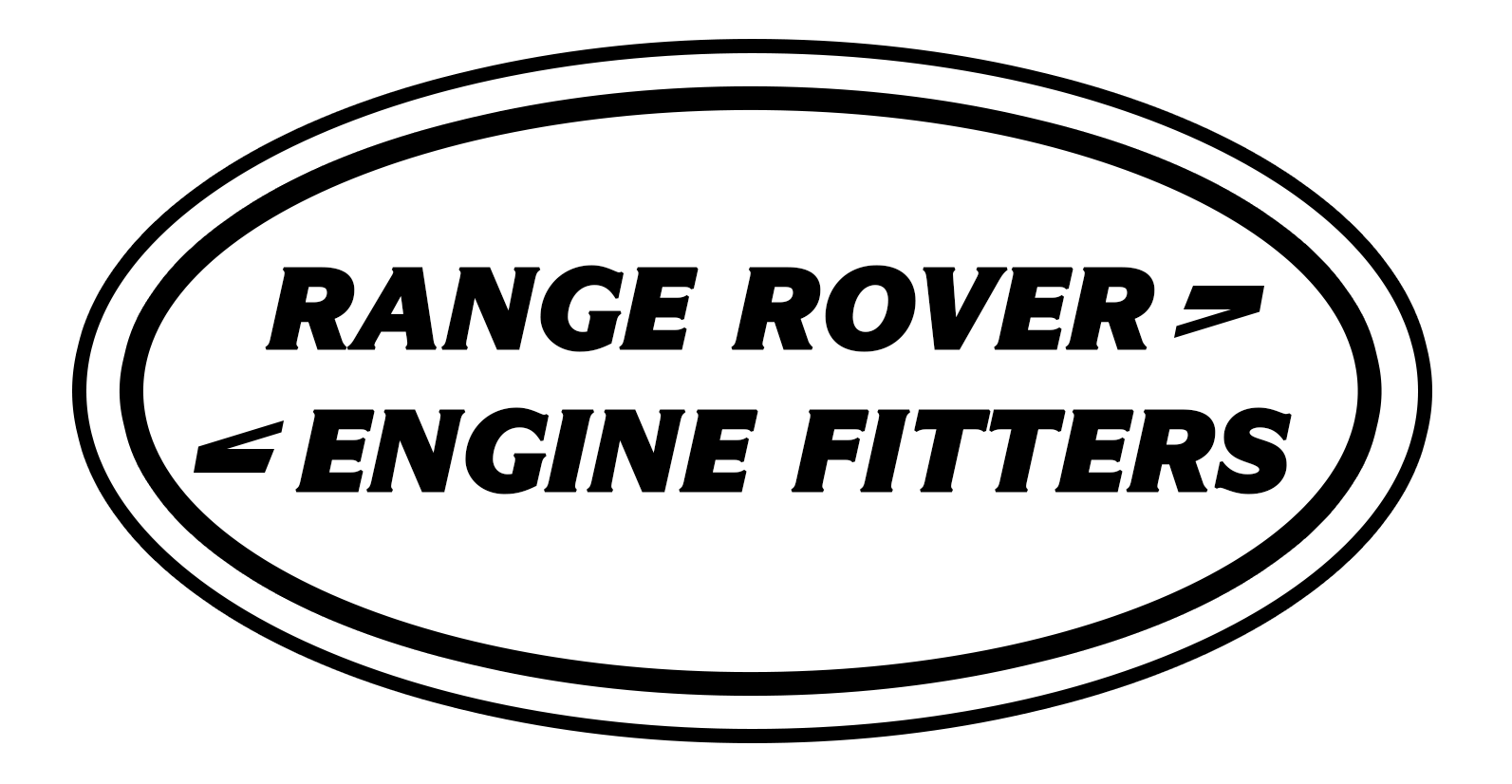Introduction
For decades, the Range Rover has been synonymous with luxury, off-road prowess, and powerful engines. In recent years, Land Rover introduced a new 2.0-liter engine option for some of its models, aiming to balance performance with efficiency. We delve into how the Range Rover 2.0 engine compares to its predecessors, exploring aspects such as power, fuel efficiency, technology, and overall driving experience.
Evolution of Range Rover Engines
To understand the significance of the Range Rover 2.0 engine, it’s crucial to trace the evolution of engines used in this iconic vehicle. From the early days of large-displacement V8s to the introduction of turbocharged and hybrid powertrains, Land Rover has continually innovated to meet the demands of modern drivers.
Performance Metrics
One of the primary considerations for any engine is its performance. How does the Range Rover 2.0 engine stack up against its predecessors in terms of horsepower, torque, and acceleration? We’ll analyze benchmark figures and real-world driving experiences to provide a comprehensive comparison.
Efficiency and Emissions
With increasing emphasis on environmental sustainability, automakers are under pressure to develop engines that deliver impressive performance while minimizing fuel consumption and emissions. How does the 2.0-liter engine fare in this regard compared to older, larger-displacement engines? We’ll explore advancements in efficiency and emission reduction technologies.
Technology Integration
Modern vehicles are as much about technology as they are about raw mechanical power. Land Rover has equipped its newer models, including those with the 2.0-liter engine, with a plethora of cutting-edge features such as advanced driver assistance systems, infotainment options, and connectivity features. How does this compare to older models in the Range Rover lineup?
Driving Dynamics
Beyond numbers and specifications, the driving experience is paramount. We’ll delve into how the Range Rover 2.0 engine affects the vehicle’s handling, ride comfort, and overall driving dynamics compared to its predecessors. Factors such as weight distribution, suspension tuning, and electronic aids play a crucial role in shaping the driving experience.
Reliability and Longevity
Reliability is a significant concern for any vehicle owner. How does the newer, smaller-displacement engine stack up in terms of reliability and longevity compared to older, proven powertrains? We’ll examine reliability data, manufacturer warranties, and user feedback to assess the durability of the Range Rover 2.0 engine.
Market Response and Adoption
Consumer preferences and market trends heavily influence the adoption of new technologies in the automotive industry. Have buyers embraced the Range Rover models equipped with the 2.0-liter engine? We’ll analyze sales figures, market share, and customer feedback to gauge the reception of this engine option.
Future Outlook and Potential Developments
As automotive technology continues to evolve, what lies ahead for the Range Rover lineup? Will Land Rover further refine the 2.0-liter engine or introduce entirely new powertrain options? We’ll speculate on potential developments and their implications for the Range Rover brand and its position in the luxury SUV market. More details about the range rover engine visit us here at https://www.rangeroverenginefitters.co.uk/ .
Conclusion
In conclusion, the introduction of the Range Rover 2.0 engine marks a significant milestone in the evolution of this legendary vehicle. While it represents a departure from traditional large-displacement engines, it offers a compelling blend of performance, efficiency, and technological sophistication. Compared to its predecessors, the 2.0-liter engine demonstrates Land Rover’s commitment to innovation and adaptation in a rapidly changing automotive landscape. As consumer preferences evolve and environmental regulations tighten, the Range Rover 2.0 engine positions the brand for continued success while staying true to its heritage of luxury and off-road capability.

